Have you ever wondered what’s pulling so many homebuyers away from the bright lights and busy streets of major cities? It’s not just a passing fad—families and individuals all over the country are packing up for a quieter, more affordable life in smaller cities. The reasons behind this movement are more surprising and heartfelt than you might expect. Let’s dive into what’s really driving this shift and why so many people are trading skyscrapers for front porches and friendly neighbors.
Affordability: The Cost of Living

The soaring cost of living in major metros has become too much for many buyers to bear. In places like San Francisco and New York, the dream of owning a home feels out of reach for most, with average prices soaring past a million dollars. Meanwhile, smaller cities such as Boise, Idaho or Greenville, South Carolina, offer homes at a fraction of that cost—sometimes for less than $300,000. This price difference is not just about saving money; it can mean owning a bigger home, having a backyard, or simply not living paycheck to paycheck. For first-time buyers, these smaller cities offer a real chance to build a future. The stress of high monthly payments and the fear of being priced out of the market are simply not as intense outside the big metros.
Quality of Life: Space and Community
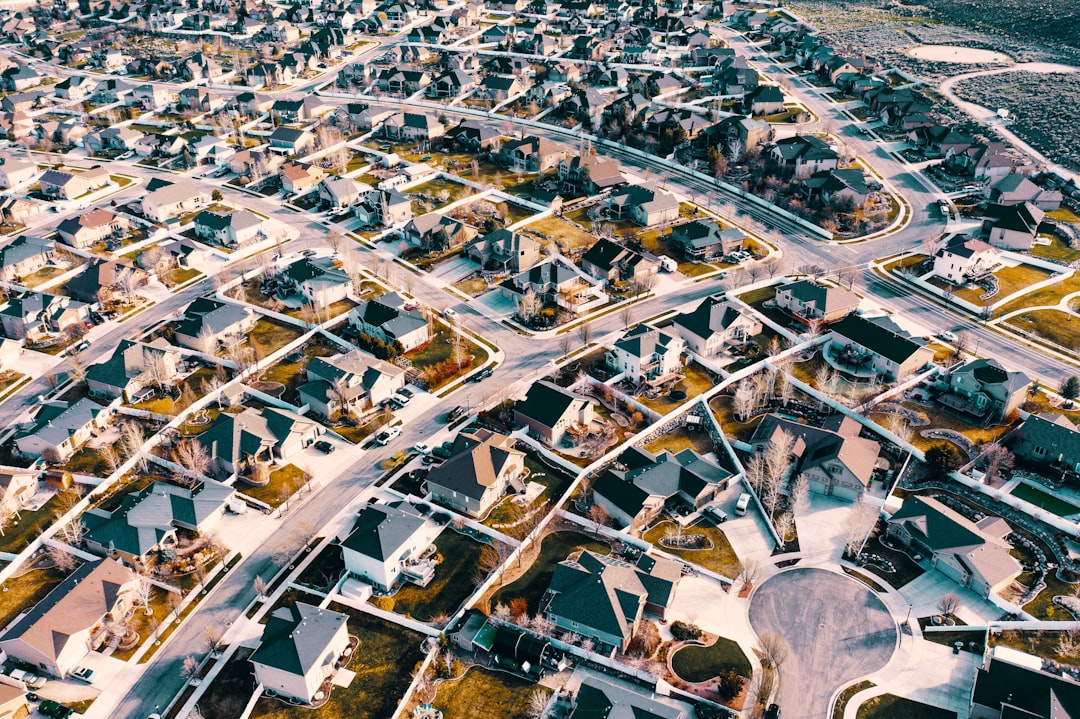
People crave more than just affordable homes—they want a higher quality of life. In smaller cities, buyers are finding exactly that. The houses are often larger, with extra rooms, spacious yards, and sometimes even a garden or pool. Beyond the walls of the home, these cities offer green parks, quiet neighborhoods, and a pace of life that allows you to actually breathe. There’s a stronger sense of community too. Neighbors know each other, and local events bring people together, making it easy to build friendships and feel like you belong. In many ways, it’s like stepping into the kind of tight-knit community you see in old movies—warm, welcoming, and supportive.
Remote Work: The New Normal

Remote work has changed everything about where people can live. No longer tied to a daily commute, workers can choose homes based on what makes them happiest, not what’s close to the office. This flexibility has opened up a world of possibilities, and smaller cities are reaping the benefits. People are discovering they can enjoy a beautiful home, fresh air, and a serene environment without sacrificing their careers. It’s become common to see professionals taking Zoom calls with mountain views or forest backdrops, instead of cramped apartments. The ability to work from home is empowering buyers to make bolder choices and seek out places that truly suit their lifestyles.
Access to Nature: Outdoor Activities

For many, the call of the outdoors is impossible to ignore. Smaller cities often offer easier access to nature, with parks, trails, rivers, and mountains just a short drive—or even a walk—away. Residents can spend weekends hiking, fishing, biking, or simply relaxing in the beauty of their surroundings. This connection to nature isn’t just about recreation; it’s about mental health and happiness. Studies have shown that spending time outdoors can reduce stress and boost well-being, and buyers are prioritizing this aspect more than ever before. The chance to live close to nature, away from the concrete jungle, is a powerful draw.
Safety and Low Crime Rates
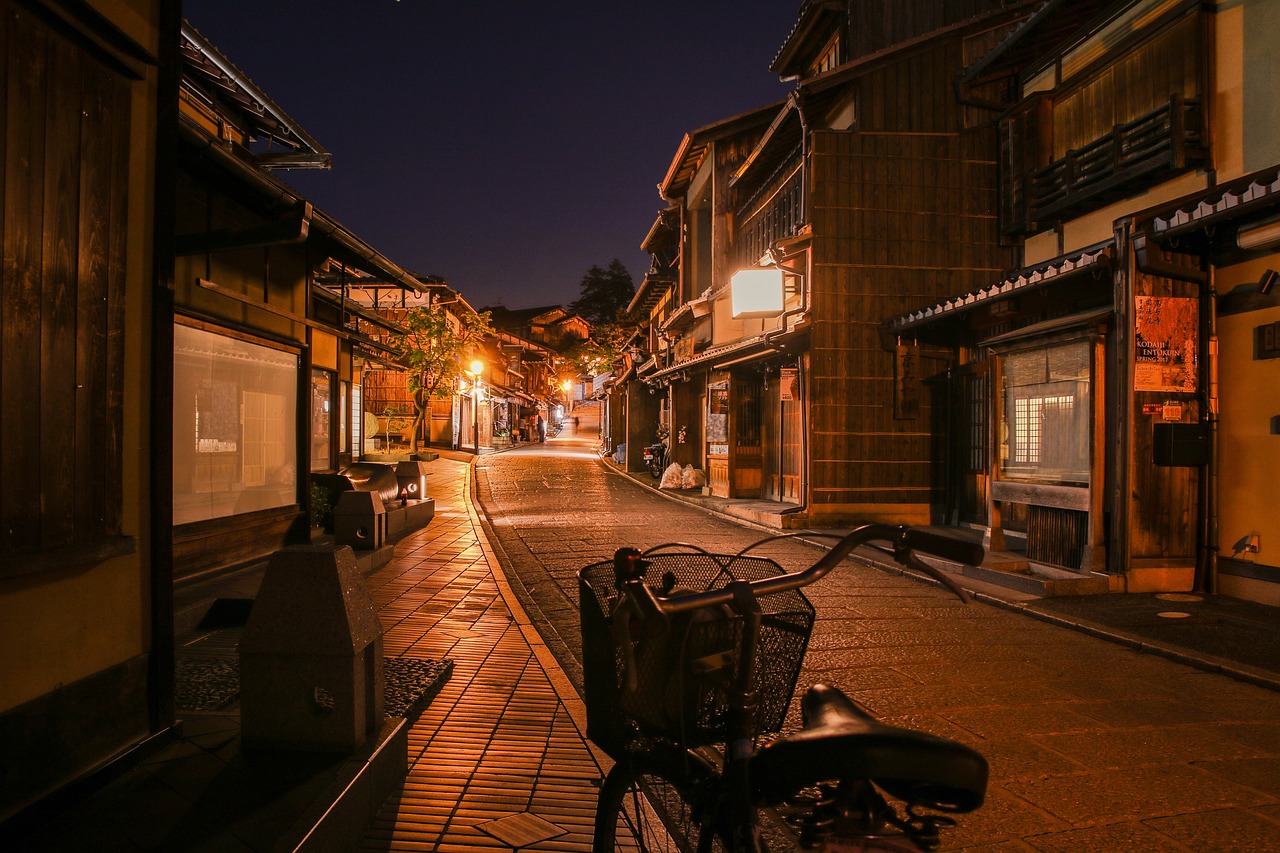
Safety is a non-negotiable for most homebuyers, especially families with young children. Smaller cities consistently report lower crime rates compared to their larger, busier counterparts. Parents want neighborhoods where kids can play outside, ride bikes, and walk to school without constant worry. The peace of mind that comes with a safer environment is invaluable, and it’s a key reason why so many are making the move. In these quieter cities, people often leave their doors unlocked and know their neighbors well enough to look out for one another, creating a comforting sense of security.
Infrastructure and Amenities

It’s a common myth that smaller cities lack the amenities and infrastructure of big metros. In reality, many of these cities are investing heavily in modern conveniences. New shopping centers, restaurants, and entertainment venues are popping up, and public services are improving. Public transportation is becoming more accessible, and cities are working hard to ensure that residents have everything they need within reach. Buyers are pleasantly surprised to find that they don’t have to give up the perks of city living—like good schools, healthcare, and entertainment—just because they’re moving somewhere smaller.
Educational Opportunities: Schools and Universities

Families with children are often concerned about education, but many smaller cities actually excel in this area. Local schools are frequently well-funded and known for strong academic programs, offering smaller class sizes and more personalized attention. Some cities also boast excellent universities or community colleges, bringing both educational and cultural benefits to the area. This creates an environment where kids can thrive academically without the intense competition or overcrowded classrooms found in bigger cities. Parents feel reassured knowing their children have access to quality education and a supportive learning community.
Economic Growth and Job Opportunities
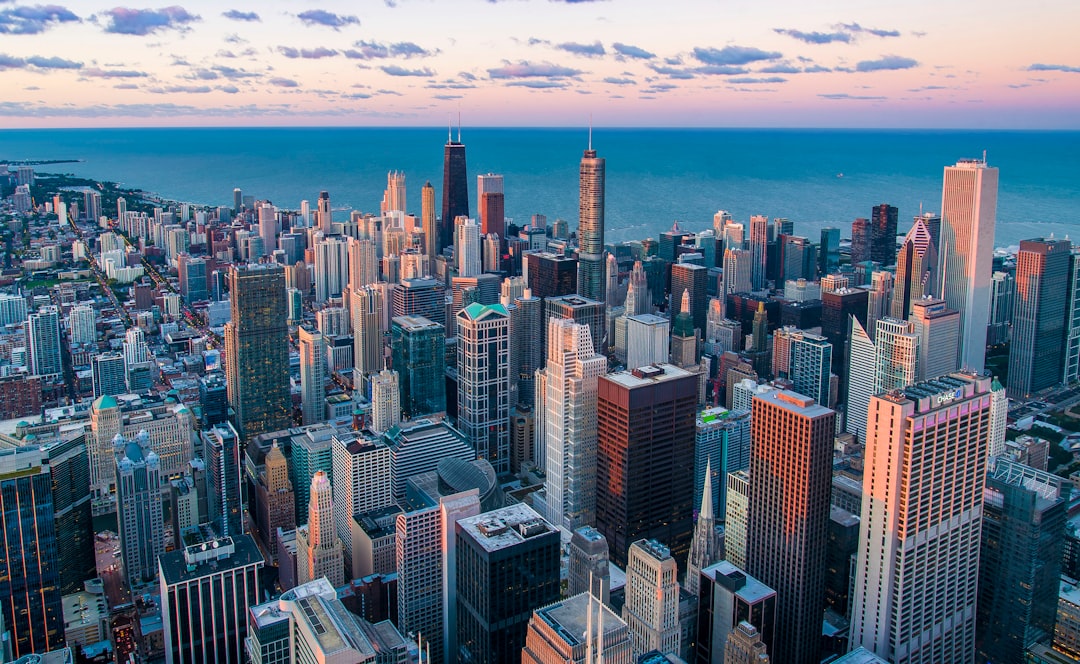
Despite the old stereotype that smaller cities lack career prospects, many are now experiencing rapid economic growth. Remote work has encouraged companies to expand beyond traditional hubs, and new businesses are popping up in unexpected places. This has led to a more dynamic job market, with opportunities in tech, healthcare, education, and more. As the cost of doing business is often lower, companies are finding it easier to set up shop and grow. For buyers, this means more job options and the ability to build a career while enjoying all the benefits of a smaller city.
Less Traffic, More Time

One of the most immediate changes people notice when moving from a big city is the absence of endless traffic jams. In smaller cities, commutes are shorter and less stressful, freeing up hours every week for family, hobbies, or relaxation. Streets are less crowded, and rush hour is often just a minor blip rather than a daily ordeal. This newfound free time is a priceless bonus, allowing residents to focus on what matters most. The slower pace of life means you can actually enjoy your surroundings, rather than constantly rushing from one place to another.
Personal Stories: Making the Move
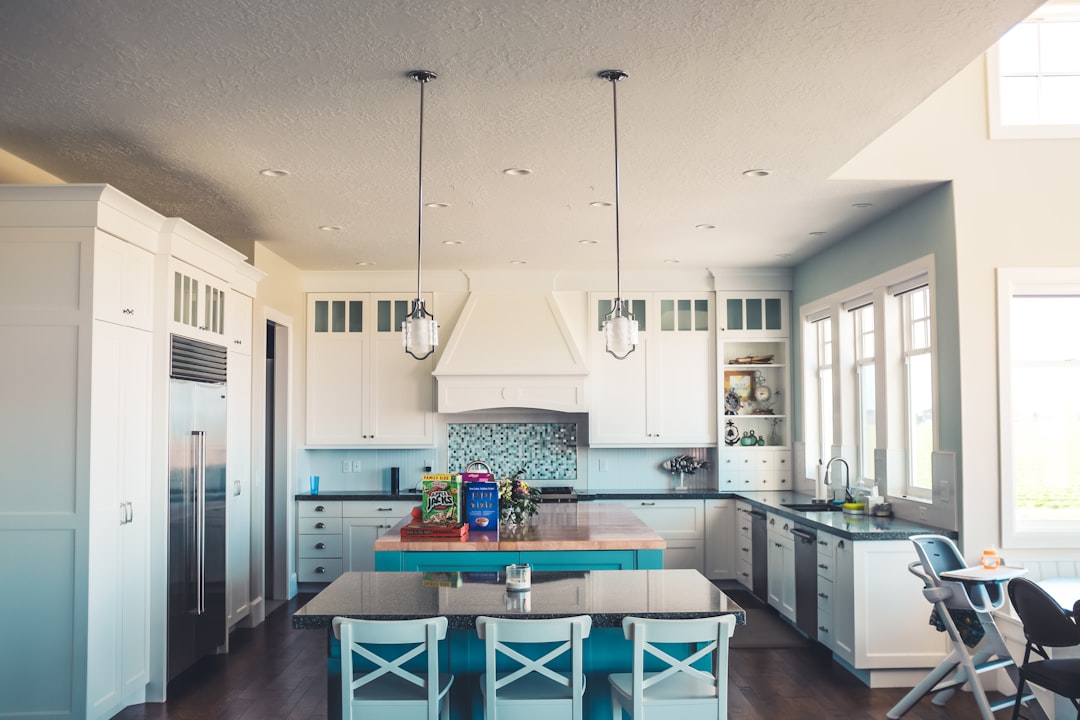
The decision to leave a big metro isn’t just about facts and figures—it’s deeply personal. For some, it’s about finding space to raise a family; for others, it’s about reconnecting with nature or escaping the stress of city life. One family shared, “We wanted our kids to have a backyard and grow up knowing their neighbors. Moving to a smaller city gave us that and so much more.” Stories like these are becoming more common, as people seize the chance for a fresh start. The emotional rewards—peace of mind, a sense of belonging, and a renewed connection to community—are often the most powerful reasons of all.
Changing Priorities: What Really Matters
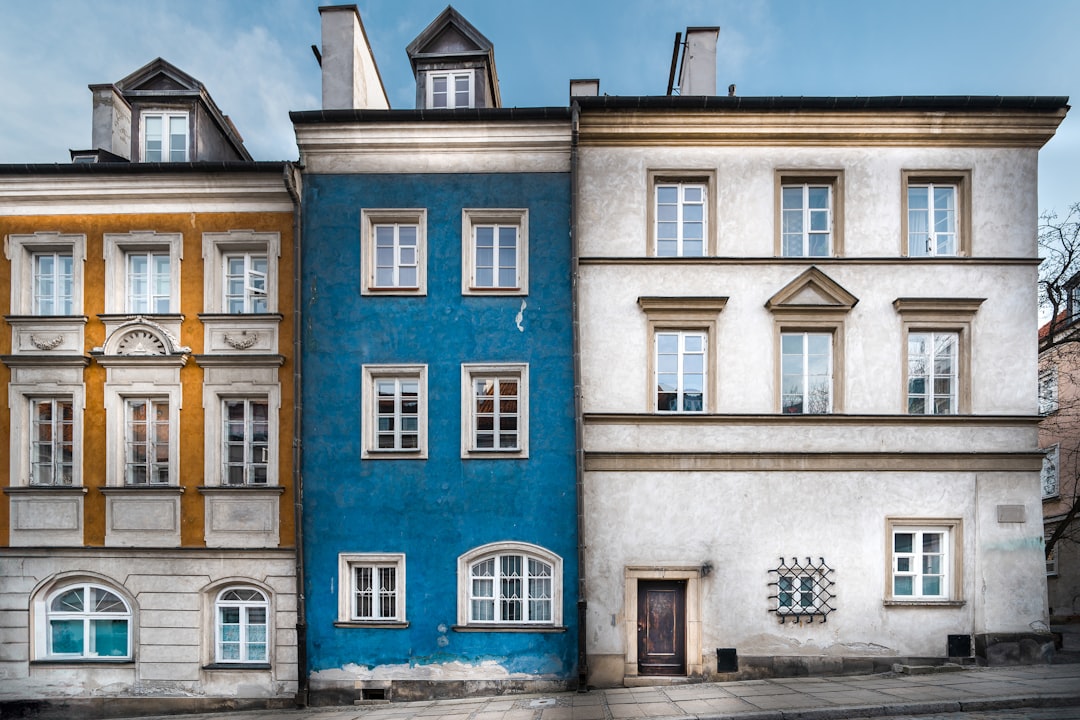
At the heart of this movement is a shift in what buyers value most. The hustle and bustle of big cities, once seen as exciting and full of promise, now seem exhausting and impersonal to many. People are craving simplicity, meaningful relationships, and a sense of purpose. Smaller cities offer the chance to slow down, reconnect with loved ones, and focus on what truly matters. This change in priorities is reshaping the housing market and redefining the American dream in surprising ways.
What would you choose—a high-rise in a crowded city, or a cozy home in a welcoming small town?



